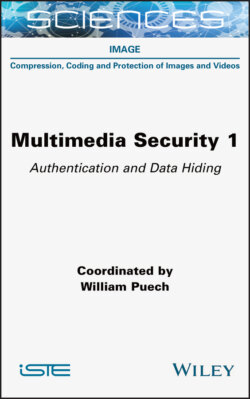Читать книгу Multimedia Security, Volume 1 - William Puech - Страница 47
1.6. Internal similarities and manipulations
ОглавлениеFinally, we will study the so-called internal manipulations, which modify an image by directly using parts of itself, like inpainting (Arias et al. 2011) and copy and paste.
Unlike other forgeries, these manipulations do not necessarily change residual traces of an image, because the parts used for the modification come from the same image. Therefore, specific methods are necessary for their detection.
The main difficulty in the detection of internal manipulations is the internal similarity of the image. A specialized database was created specifically to measure the rate of false detections between altered and authentic images, but with similar content in different regions (Wen et al. 2016).
The first methods are based on the study of Cozzolino et al. (2015a). Other methods use and compare key points, like those obtained with SIFT (Lowe 2004), which allows similar content to be linked. But this is often too permissive to detect copy and paste. This is why specialized methods, such as proposed by Ehret (2019), propose comparisons between descriptors to avoid the detection of similar objects, which are often distinguishable as shown in Figure 1.13. An example of copy and paste can be found in Figure 1.14.
Neural networks can also be used to detect copy-move manipulations, such as in Wu et al. (2018), where a first branch of the network detects the source and altered regions, while a second branch determines which of the two is the forgery, while other methods generally cannot distinguish the source from falsification.
Figure 1.13. The image in a) represents two similar, but different objects, while the image in b) represents two copies of the same object. Both images come from the COVERAGE database (Wen et al. 2016)
COMMENT ON FIGURE 1.13.– The patches in (c) and (d) correspond to the descriptors used by Ehret (2019) associated with the look-at points represented by the red dots for the images that are authentic (a) and falsified (d), respectively. Differences are visible when the objects are only similar, whereas in the case of an internal copy–paste, the descriptors are identical. It is through these differences that internal copy–paste detection methods can distinguish internal copies from the presence of objects that would naturally be similar.
Figure 1.14. Example of detection of copy–paste type modification on the images in Figure 1.13. The original and altered images are in (a) and (d), respectively, the ground-truth masks in (b) and (e), and the connections (Ehret 2019) between the areas detected as too similar in (c) and (f)
